Best Sunscreen by Skin Type: Oily, Dry, Dark & Sensitive
Find the best sunscreen for oily, dry, sensitive & dark skin. Learn how to choose SPF by skin type, ingredients to avoid, and how to apply it daily.
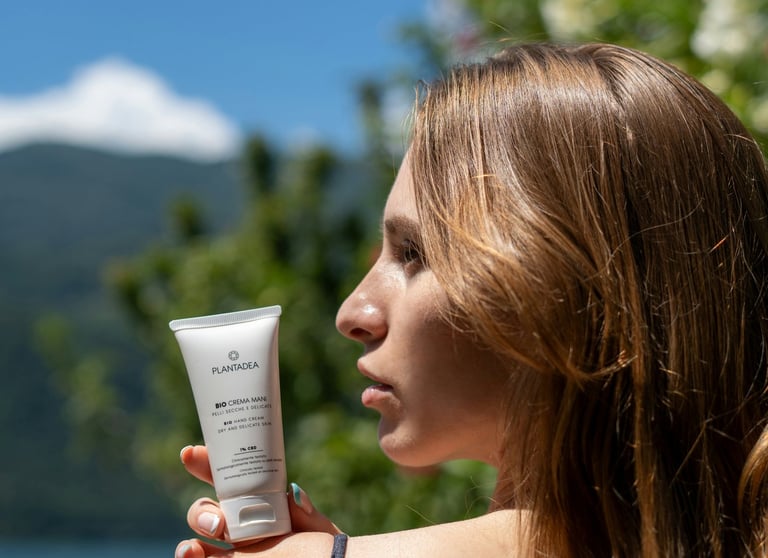

Why Your Skin Type Matters for Sunscreen
Sunscreens aren’t all created equal. If you have oily skin and use a super thick cream, you might end up looking like a shiny disco ball (not the vibe). If you have dry skin but grab a matte formula, you’ll probably feel like you’re wearing sandpaper.
Choosing the right sunscreen means you’ll:
Protect your skin without irritation
Avoid clogged pores or dryness
Enjoy a comfortable feel all day long
Actually want to wear it every single day (the real goal!)
Step 1: Know Your Skin Type (Let’s Break It Down)
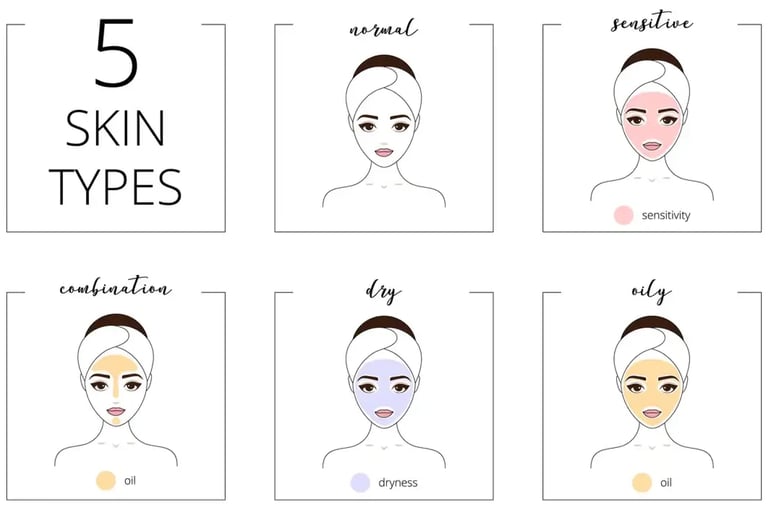

Oily & Acne-Prone: Skin tends to get shiny, large pores, prone to breakouts.
Dry & Sensitive: Flaky, tight feeling, easily irritated or red.
Combination: Oily in the T-zone (forehead, nose, chin), dry elsewhere.
Normal: Balanced, no extreme oiliness or dryness.
Mature: Aging skin, fine lines, dullness, needs extra nourishment.
Darker Skin Tones: Needs sunscreen without white cast or chalkiness.
Step 2: Match Sunscreen Type to Your Skin
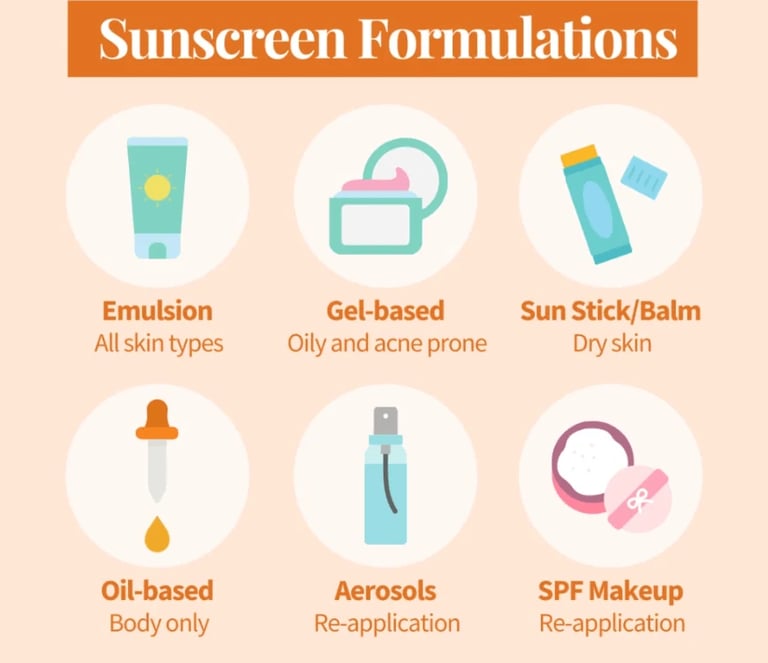

For Oily & Acne-Prone Skin
· Go for: Oil-free, non-comedogenic, lightweight gels or fluids.
· Look for: Ingredients like niacinamide (helps control oil), mattifying agents.
· Avoid: Heavy creams or anything labeled “rich” or “hydrating” (unless it’s non-comedogenic).
Bonus: Chemical sunscreens often feel lighter on oily skin.
For Dry & Sensitive Skin
· Go for: Hydrating formulas with nourishing ingredients (like ceramides, hyaluronic acid).
· Look for: Mineral sunscreens (zinc oxide or titanium dioxide) — gentle and less irritating.
· Avoid: Alcohol-heavy or fragranced sunscreens that dry out or sting.
For Combination Skin
· Go for: Lightweight lotions or fluid formulas that absorb quickly.
· Look for: Balanced formulas that hydrate dry areas but don’t add shine to oily zones.
· Tip: You might need two sunscreens — a matte one for oily zones, a hydrating one for dry spots.
For Normal Skin
· Go for: Most formulas work well! Choose based on preferences: scented vs fragrance-free, mineral vs chemical, etc.
· Look for: Broad-spectrum SPF 30 or higher with a pleasant texture.
For Mature Skin
· Go for: Sunscreens with anti-aging benefits (think antioxidants, peptides).
· Look for: Hydrating, nourishing formulas that protect and help skin glow.
· Bonus: Tinted sunscreens with light-reflecting particles can give a youthful boost.
For Darker Skin Tones
· Go for: Tinted mineral sunscreens to avoid white cast and blend naturally.
· Look for: Lightweight, sheer formulas that don’t leave chalky residue.
· Avoid: Thick, white-tinged mineral sunscreens.
Step 3: Consider Your Lifestyle & Preferences
· Outdoor Lover? Look for water-resistant and sweat-proof formulas.
· Makeup Wearer? Pick sunscreens that play nicely under makeup — lightweight or tinted versions.
· On-The-Go? Sunscreen sticks and sprays are easy touch-up heroes.
· Sensitive Eyes? Look for formulas designed to be gentle around the eye area.
Step 4: Know the Ingredients (What to Look For & Avoid)
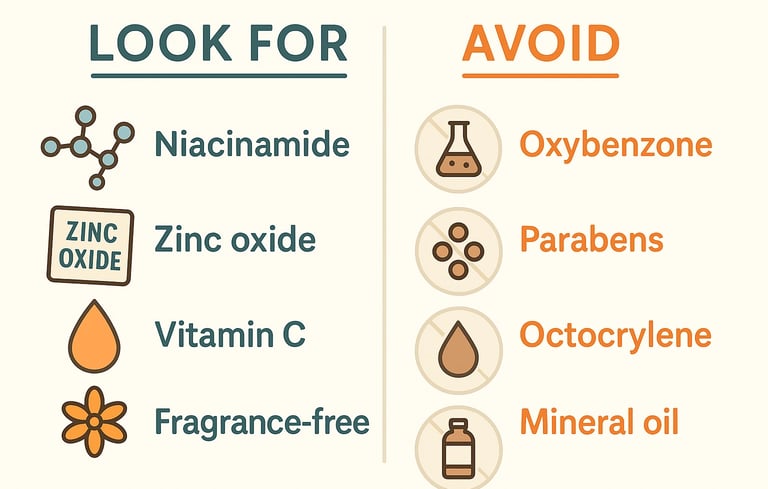

Ingredients to Look For in Your Sunscreen
When choosing a sunscreen, keep an eye out for these powerful ingredients that really deliver results:
· Zinc Oxide: This is a gentle physical blocker that protects your skin by sitting on top and reflecting harmful UV rays. It’s great for sensitive and dry skin, and really works well for all skin types.
· Titanium Dioxide: Another physical blocker, titanium dioxide soothes your skin while protecting it, making it perfect for sensitive or dry skin too.
· Niacinamide: This ingredient helps control oil and reduce redness, making it ideal for those with oily, acne-prone, or sensitive skin.
· Hyaluronic Acid: If hydration is your goal, hyaluronic acid is a must-have. It keeps dry and mature skin plump and moisturized.
· Antioxidants (Vitamin C, Vitamin E): These help protect your skin from environmental damage and repair any existing damage. Bonus: they’re suitable for all skin types!
Ingredients to Avoid in Sunscreens
Just as important as what to look for is what to avoid. Some ingredients might do more harm than good, especially if you have sensitive or specific skin concerns:
· Alcohol (Denatured): Often drying and irritating, this ingredient can be a nightmare for dry and sensitive skin types.
· Fragrance/Parfum: Though it may make your sunscreen smell nice, fragrance can trigger allergic reactions, especially if you have sensitive or acne-prone skin.
· Oxybenzone: This chemical is controversial and known to potentially irritate sensitive skin, so many experts recommend steering clear of it.
Step 5: Don’t Forget the Extras
· Tinted sunscreens: Add sheer coverage, help with discoloration, and protect against visible light — great for melasma or hyperpigmentation.
· Sunscreen sticks: Perfect for lips, around eyes, and quick reapplication.
· Sunscreen powders: Great for quick touch-ups over makeup.
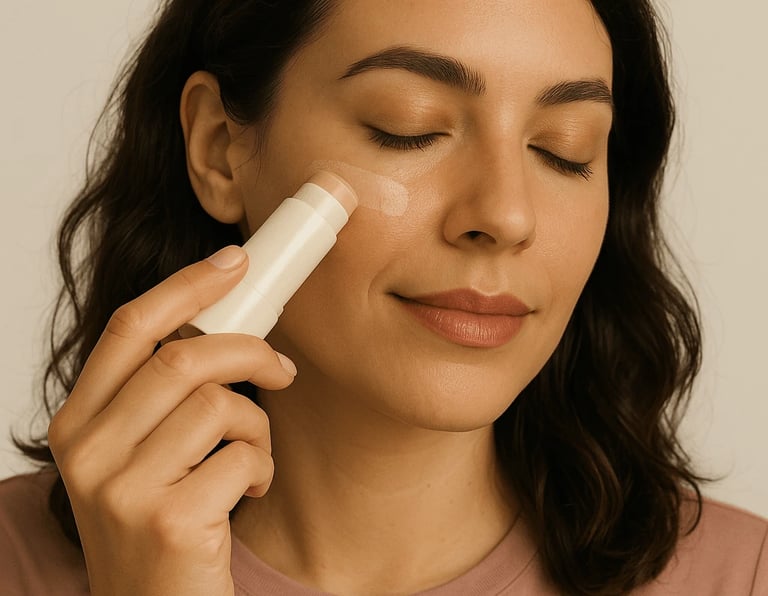

Fun Sunscreen Facts to Impress Your Friends
· Sunscreen was invented in 1938 (thank you, Franz Greiter!)
· The highest SPF you’ll see on the market is 100+, but above 50, the increase in protection is minimal.
· Some sharks have a natural SPF on their skin! Talk about built-in protection.
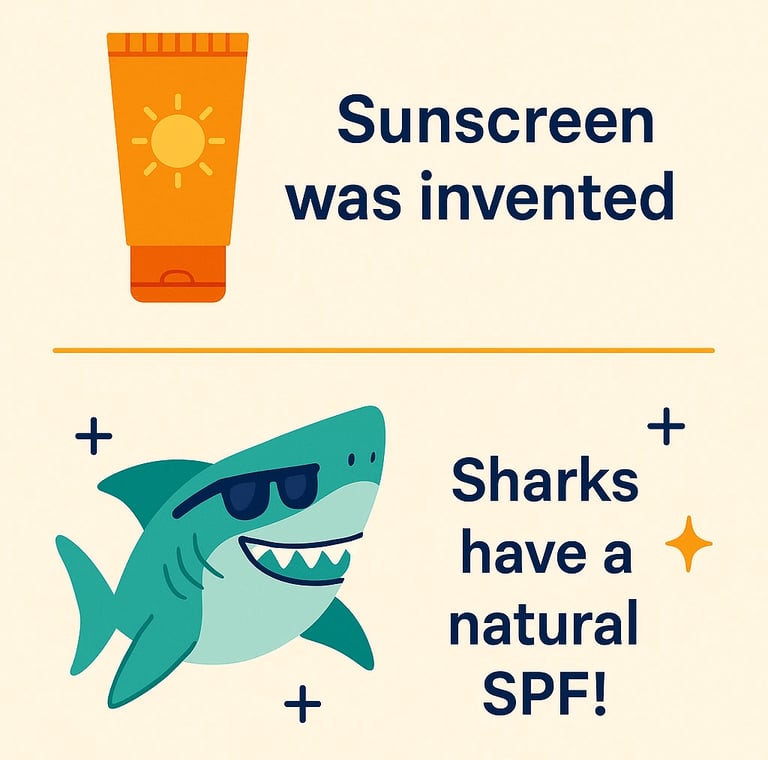

Final Thoughts: Your Sunscreen Cheat Sheet
2. Pick the sunscreen texture & ingredients that suit you
3. Don’t skimp on the amount — apply generously!
4. Reapply every 2 hours outdoors
5. Make sunscreen part of your daily routine — rain or shine
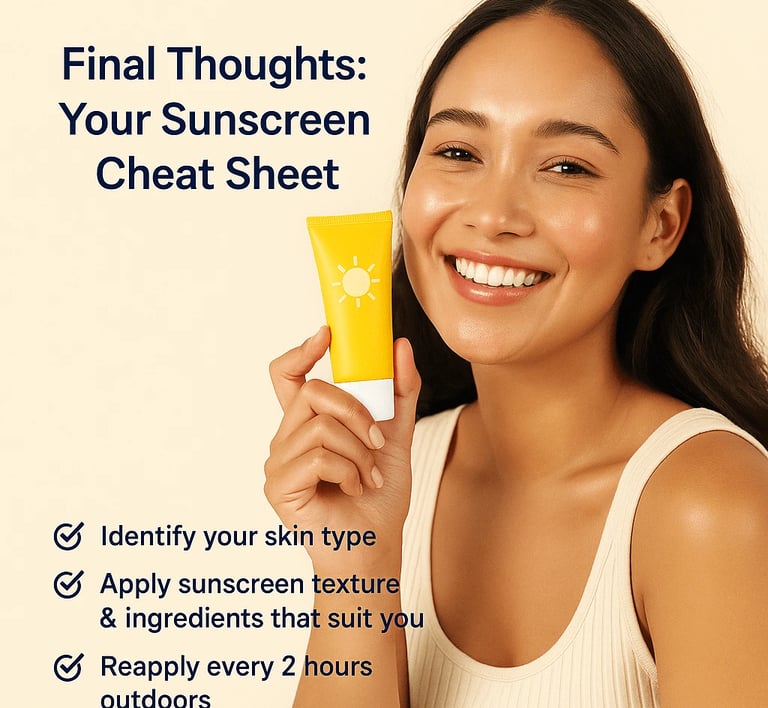

Ready to Glow Safely?
Your perfect sunscreen is out there, waiting to become your daily skin BFF. No more guessing games — just protection tailored to your beautiful skin.
Affiliate Disclaimer:
This blog post may contain affiliate links. If you purchase something through those links, I may earn a small commission at no extra cost to you. I only recommend products I genuinely love and use myself. Thank you for supporting my content!
Glow is an Attitude
© 2025. All rights reserved